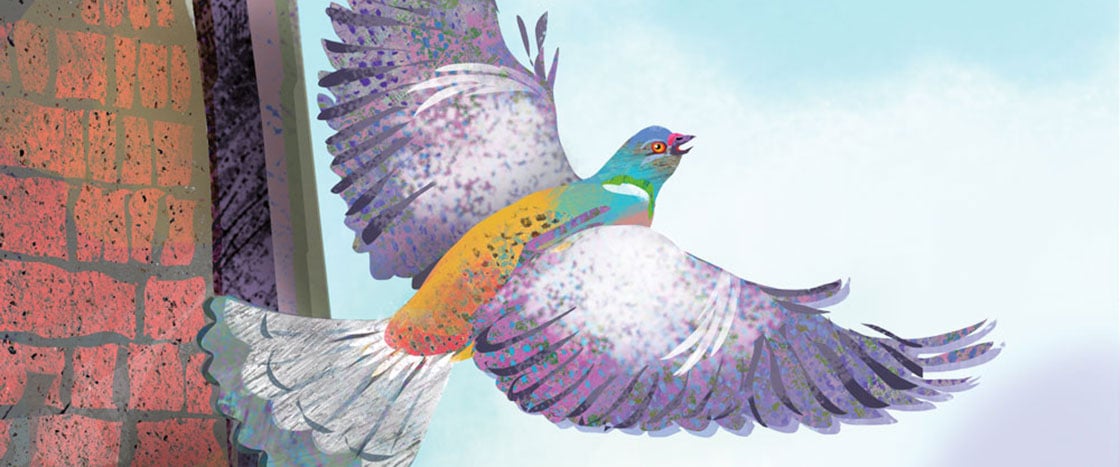
Your World
An inspiring poem from a popular Harlem Renaissance writer
Learning Objective: Students will examine the metaphor in a poem that subtly compares a soaring bird to a person embracing the world.
Standards
More About the Story
Skills
metaphor, interpreting text, theme
Complexity Factors
Levels of Meaning
On one level, the speaker of the poem is a bird describing its journey from a small space into the wider world. On a deeper level, the speaker is a person describing the satisfaction of traveling outside one’s usual boundaries, both physically and mentally.
Structure
The poem is made up of three four-line stanzas. It has an ABCB DEFE rhyme scheme.
Language
The poem contains a good deal of higher-level academic vocabulary, including abide, immensity, cordons, uttermost, and rapture. The entire poem is a metaphor.
Knowledge Demands
Some experience with archaic and poetic usage (such as “for” rather than “because”) will be helpful.
1. Preparing to Read
- Have a student read aloud the Up Close box. Review what a metaphor is: a comparison between two seemingly unlike things. Explain that in this poem, the metaphor is not just one line, but the entire poem.
- Preview the challenging vocabulary in the poem with our vocabulary activity.
2. Reading the Poem
Read the poem aloud for the class or play our online audio version.
Close-Reading and Critical-Thinking Questions (15 minutes)
